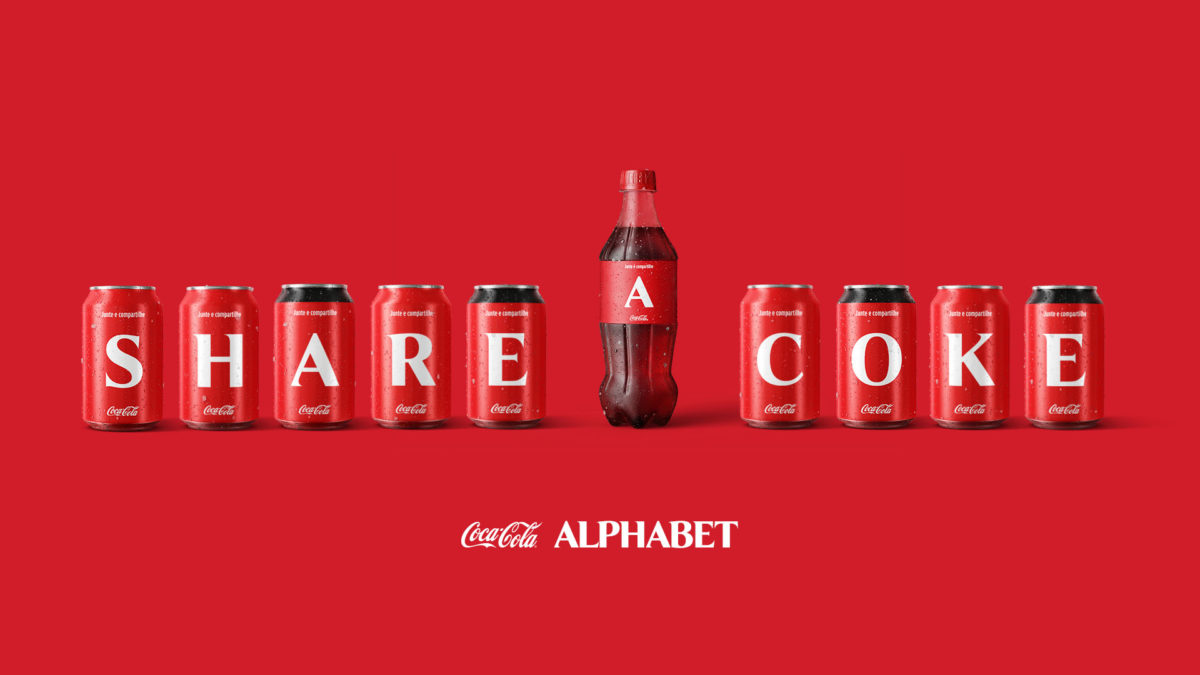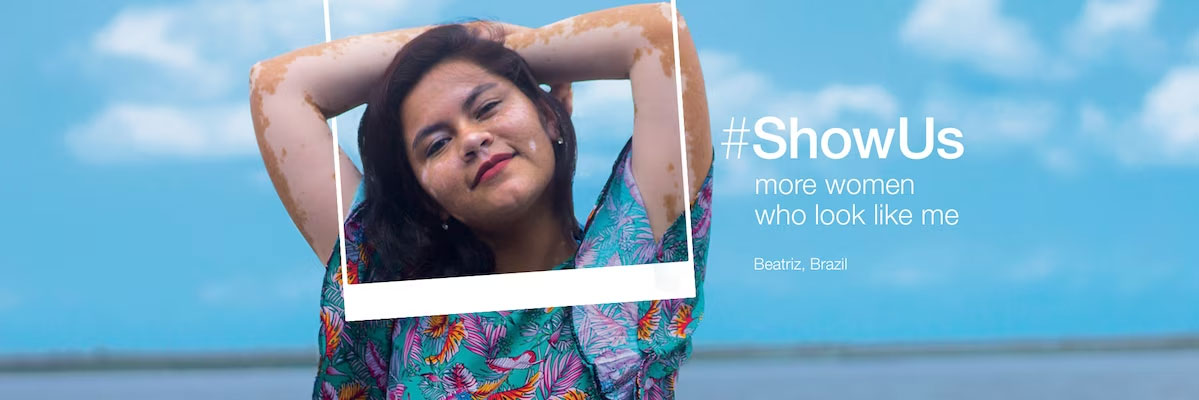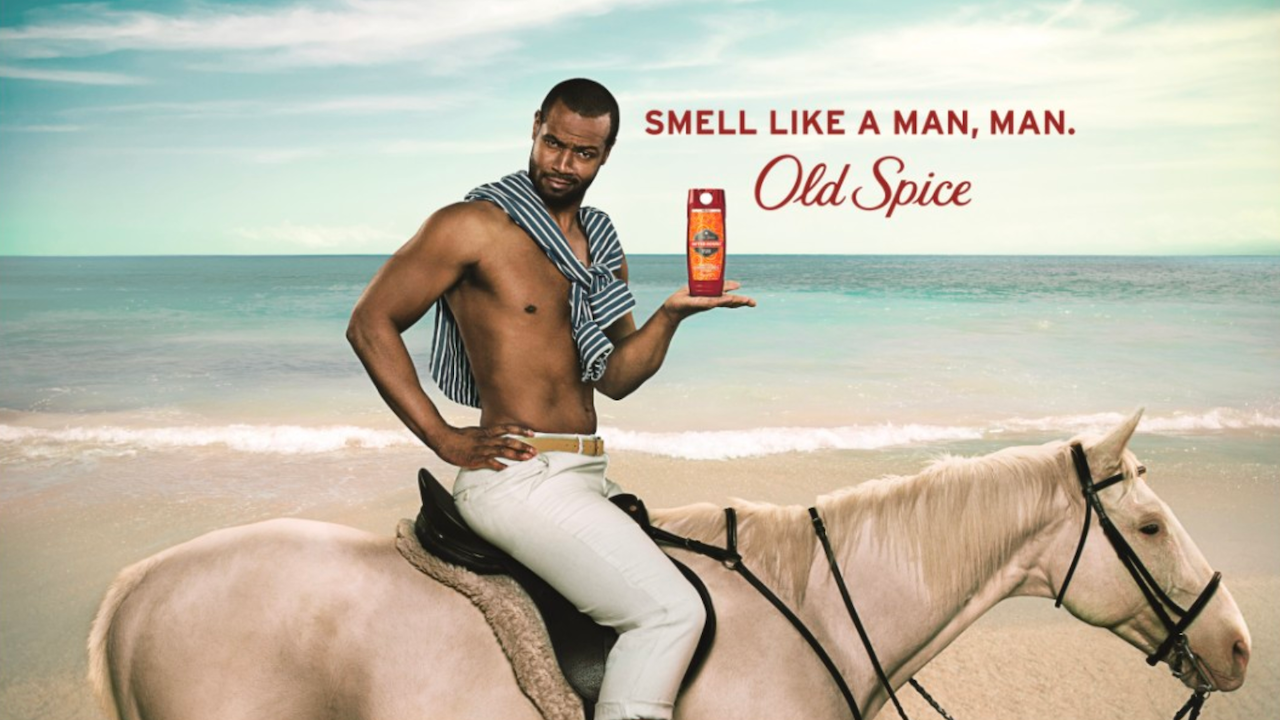Our top 3 examples of integrated marketing communications
What is an integrated marketing plan
Before we jump into examples of integrated marketing communications, let’s establish the concept of integrated marketing communications (IMC). This term emerged in the 1980s and entails the harmonisation and alignment of all your marketing channels to ensure a consistent and cohesive customer experience.
IMC encompasses a broad spectrum of channels, including online platforms such as social media channels and websites, as well as offline avenues like television and print. Regardless of how consumers engage with your brand, the objective is to provide a uniform and unchanging experience.
It’s worth noting that IMC bears similarities to multi-channel marketing, but it’s not identical. Multi-channel marketing involves running campaigns across various channels, while integrated marketing communication centres on delivering the same experience/messaging across these diverse channels. The best examples of integrated marketing communications use this fundamental strategy to create a seamless experience for the end-user.
To illustrate this in practice, consider Nike as an example. You can instantly recognise a Nike advertisement due to its consistent tone, imagery, and messaging, whether it’s out-of-home, television, or the company’s website. Even the in-store experience remains unchanged. Every marketing message is seamlessly integrated, ensuring a predictable and unified customer experience.
Download our “What is integrated marketing” ebook
Brands that don’t implement integrated marketing campaigns
Now, contrast this with a brand that doesn’t implement integrated marketing communications. Suppose you encounter an advertisement for an eCommerce store on Facebook. The product image captures your attention, and the sales message resonates with you, prompting you to click through to the website. However, upon arriving at the website, you notice disparities. The brand’s colours differ, and the messaging has been altered. This abrupt shift leaves you bewildered and likely results in your departure from the website, disappointed. Such a disjointed experience is not conducive to making a purchase.
This is why it is imperative to develop an integrated marketing communications campaign.
Now that we have cleared that up… let’s dive into some of the best examples of integrated marketing communications.
Examples of integrated marketing communications
Coca-Cola’s ‘Share a Coke’ Campaign

Image source: Marketing Mag
Coca-Cola’s ‘Share a Coke’ Campaign was a highly successful and iconic example of Integrated Marketing Communications (IMC). It was launched in over 80 countries worldwide in 2011. The campaign’s primary objective was to reconnect consumers with the Coca-Cola brand in a more personal and engaging way by replacing the traditional Coca-Cola logo on their cans and bottles with popular first names and terms like “Friend” and “Family.” Here’s a detailed overview of the campaign:
Objective:
The campaign had three main objectives:
- Increase customer engagement
- Drive more sales
- Boost social media reach
The campaign aimed to increase Consumer Engagement by encouraging consumers to feel a personal connection with Coca-Cola. The campaign showed customer engagement increased when consumers found their names or the names of loved ones on the product packaging.
This increase in customer engagement boosted sales of Coca-Cola products by creating a buzz and generating interest among consumers.
They also saw a huge uplift in people interacting with their social media content. This in turn increased their reach meaning more people became aware of the campaign. All of this is why we have picked “Share a Coke” as one of our favourite examples of integrated marketing communications.
The key elements of the campaign:
Coca-Cola used personalised packaging where they replaced the iconic logo with a wide range of popular names, nicknames, and terms, effectively personalising the product. They used a variety of names to cater to as many consumers as possible. Coca-Cola featured a diverse list of names, ensuring a broad appeal.
The campaign’s website also allowed users to create virtual Coca-Cola cans with their names or custom messages, which could be shared on social media. This was then turned into a successful NFT campaign in future months.
Coca-Cola encouraged consumers to share photos and stories of their personalized Coke cans on social media platforms using the hashtag #ShareaCoke. This helped create a buzz and user-generated content which ended up going viral.
On top of all this, Coca-Cola hosted various events and promotions in stores, allowing consumers to personalise their Coca-Cola cans on the spot. This proved to be a huge success in boosting customer engagement which increased their brand strength.
The campaign was supported by several TV commercials featuring people sharing a Coke with friends and loved ones. To this day, this campaign has been one of Coca-Cola’s most successful ad campaigns.
What were the results?
The “Share a Coke” campaign had a significant impact on Coca-Cola’s brand perception and sales.
The campaign resulted in a 33% increase in sales globally. By personalising the cans, consumers felt a stronger emotional connection to the brand, leading to higher purchase intent.
Consumers enthusiastically embraced the campaign by sharing their personalised Coke cans and stories on social media. The #ShareaCoke hashtag trended worldwide, generating 25 million new Facebook followers. The “Share a Coke” campaign successfully reinforced its brand’s emotional appeal, making consumers feel more connected to the brand. This led to improved brand loyalty and long-term customer relationships, receiving several awards and accolades for its innovative approach to marketing, including a Cannes Lions award.
Dove’s “Real Beauty” campaign

Image source: Dove
Dove’s “Real Beauty” campaign is a ground-breaking and impactful marketing initiative that has been running for over a decade, beginning in 2004. It aims to challenge conventional beauty standards and celebrate the diversity and natural beauty of women. The campaign focuses on promoting self-esteem and body positivity, making it a significant contributor to the broader conversation around women’s self-image and empowerment. This is one of the most powerful examples of integrated marketing communications as it has such an emotional driver.
Objective:
The primary objectives of the Dove “Real Beauty” campaign were to:
- Promote Self-Esteem
- Challenge Stereotypes
- Increase Brand Affinity
The campaign was created to raise awareness about the issue of low self-esteem and body image issues among women and girls.
Dove strives to challenge the narrow and unrealistic beauty standards perpetuated by the beauty industry and media.
By creating a campaign that promotes these values, Dove aims to foster a positive brand image and emotional connection between Dove and its consumers.
Key Elements:
Real Women, Real Beauty: The campaign featured real women of various ages, sizes, ethnicities, and backgrounds as opposed to professional models. This authenticity aimed to reflect the diversity of beauty.
Dove has created a wide range of compelling videos that explore the concept of beauty. They feature interviews and discussions with the women participating in the campaign. These videos were shared online and through traditional advertising channels. Alongside the videos, Dove conducted workshops and educational programs in schools and communities to promote self-esteem and positive body image among girls and young women.
The campaign leveraged digital and social media platforms to encourage discussions about beauty standards, and to share stories and images of real women. The hashtag #RealBeauty was used to aggregate content.
One of the most famous elements of the campaign was the “Dove Real Beauty Sketches” video, in which women described themselves to a forensic sketch artist. The resulting sketches highlighted the difference between how women perceive themselves and how others perceive them. Dove encouraged women to take a “Real Beauty Pledge” on their website, committing to seeing the beauty in themselves and others.
What were the results?
Dove’s “Real Beauty” campaign has had a profound impact on both the brand and society. The campaign significantly improved Dove’s brand image, as it is now seen as a champion of self-esteem and positive body image.
The campaign contributed to changing societal conversations about beauty standards and women’s self-esteem. It became a touchpoint in discussions about the portrayal of women in media and advertising.
The “Real Beauty” campaign received numerous awards for its innovative approach to marketing and its impact on society.
Despite controversies and criticisms, Dove’s market share and sales increased over the years, indicating that consumers appreciated the brand’s message, with the company now being valued at over $5billion. Dove continued to expand the campaign with variations and new initiatives, ensuring its longevity and relevance.
Old Spice’s “The Man Your Man Could Smell Like” campaign

Image source: The Brand Hopper
Old Spice’s “The Man Your Man Could Smell Like” campaign is a standout example of creative and highly successful advertising that took place in 2010. It revitalised the Old Spice brand, turning it from a traditional men’s grooming product into a viral sensation. This campaign combined humour, creativity, and a charismatic spokesperson to engage the audience in a way that was both memorable and effective which is why it makes our top three examples of integrated marketing communications.
Objective:
The primary objectives of the “The Man Your Man Could Smell Like” campaign were to:
- Launch a rebranded product
- Increase sales
In the eyes of the Old Spice owners, the company needed a rebrand. They wanted to shift the brand’s image from old-fashioned and outdated to modern and relevant, particularly among a younger demographic.
Old Spice wanted to drive product sales by increasing consumer awareness and desirability of its range of products.
Key Elements:
The campaign featured a fictional character known as “The Old Spice Man” or “Isaiah Mustafa.” He was a charismatic and confident man who humorously addressed the audience.
Old Spice relied heavily on humour and absurdity to capture the audience’s attention. The commercials were short and snappy with multiple scenes packed into 30-second spots, featuring rapid scene transitions, humorous one-liners, and surreal situations – keeping viewers engaged and entertained.
A big aspect of the campaign was to engage consumers on social media. Old Spice engaged with fans on various platforms by responding to comments and creating personalised video responses to user queries and comments. The characters and messages from the TV commercials were seamlessly integrated into social media, creating a consistent brand experience.
The campaign created a series of YouTube videos that went viral. The character directly addressed viewers, responding to comments in real-time in a humorous and engaging manner.
What were the results?
The “The Man Your Man Could Smell Like” campaign had a profound impact on Old Spice. Old Spice experienced a 107% increase in sales, with body wash and deodorant categories driving a significant amount of the sales.
The campaign successfully repositioned Old Spice as a modern and relevant brand, appealing to a younger demographic. The brand’s engagement on social media platforms, particularly YouTube and Twitter, led to millions of views, shares, and interactions, making Old Spice a leader in social media marketing.
The campaign’s catchphrases, such as “I’m on a horse” and “The Man Your Man Could Smell Like,” became cultural references and memes. This led “The Man Your Man Could Smell Like” campaign to receive numerous awards and accolades for its creativity and effectiveness, including Cannes Lions awards.
If you are thinking about creating an integrated marketing communications campaign, get in touch to see how we can help.
Bonus campaign
Wales To The World – Created by Orchard and winner of the World Media Group WMG Travel & Tourism award and Grand Prix Award (winner of all Winners Award)
In November 2022, Cymru — the Welsh national football team — flew out to Qatar to compete in the FIFA World Cup finals. The first time in 64 years that our nation had participated in the world’s biggest sporting event.
This was a big deal for our country. The global audience of 5 billion people presented us with a unique opportunity to showcase Wales to the world and create a legacy.
Objective:
The Welsh Government’s brief was to take Wales to the world:
- To introduce our country, often for the very first time, to new international audiences;
- To reignite the hiraeth (longing for home) of our worldwide diaspora; and
- To create a legacy on which to build further international promotion of our nation.
We were tasked with:
- Developing and delivering a multilingual integrated campaign that showcased our progressive, values-driven nation to the world.
- And doing so through an innovative collective of partners that could amplify Wales’ stories beyond what could have been done alone by the Government.
We had varied audiences with different levels of awareness of Wales, multiple territories and languages to consider, and dozens of stakeholders and partners that needed to buy into the campaign, in order to amplify our messages. So, we needed a strategy that could pull our nation’s stories and people together and present them in a compelling way.
Key Elements:
Our aim was to craft an insights-led strategy and content solution that would cut through noisy media landscapes. A creative approach that was single-minded to create consistency, yet flexible enough to be delivered through many executions, and by various partners and channels.
‘This is Wales, C’mon in’ — our authentic, people-led campaign introduced Wales and invited the world in to get to know us better. It communicated Wales’ brand proposition and embodied the nation’s values.
The people of Wales became our messengers — telling our stories, championing our values, culture and traditions in an engaging, unscripted and authentically Welsh way.
The creative execution saw us craft individual scenes of Wales that could come together in different ways to tell bigger stories — creating a vast suite of multilingual content that allowed bespoke audience journeys pre, during and post-tournament.
An adaptive slogan: ‘This is Wales’ was paired with a friendly CTA which changed, depending on the stage of the campaign and the audience.
A suite of hero films took audiences on a journey — deepening their understanding of our country and values with every step. From a pre-tournament ‘croeso’ (welcome), to a broader showcase of our nation and values, and onto supporting stories, hub and hygiene content.
What were the results?
The campaign raised awareness of our nation and values; secured global PR coverage; and has given Wales the firmest of foundations on which to build strong international relationships, trade and tourism.
Digital channels stats
- Wales’ global share of voice grew from 1% to 7% (Halo Impact Report)
- 40% increase in global mentions
- 90,141,626 impressions (+175% on forecast)
- 45,882,358 video views (+204%)
- 677,999 traffic to Wales.com (+1,080%)
PR stats:
- 66 interviews on global outlets including Reuters, Al Jazeera, Washington Post, France24 created 17.9bn opportunities to see media coverage.
Political impact:
- Following pressure from Wales and others on LGBT rights, and the worldwide media coverage achieved, FIFA made a global policy change to allow rainbow-themed apparel in stadia. This also contributed towards Laura McAllister becoming the first ever representative from Wales to be elected to the board of UEFA shortly afterwards.
- The innovative partnership-led approach has created a legacy – a powerful model for the Government to promote Wales internationally.


